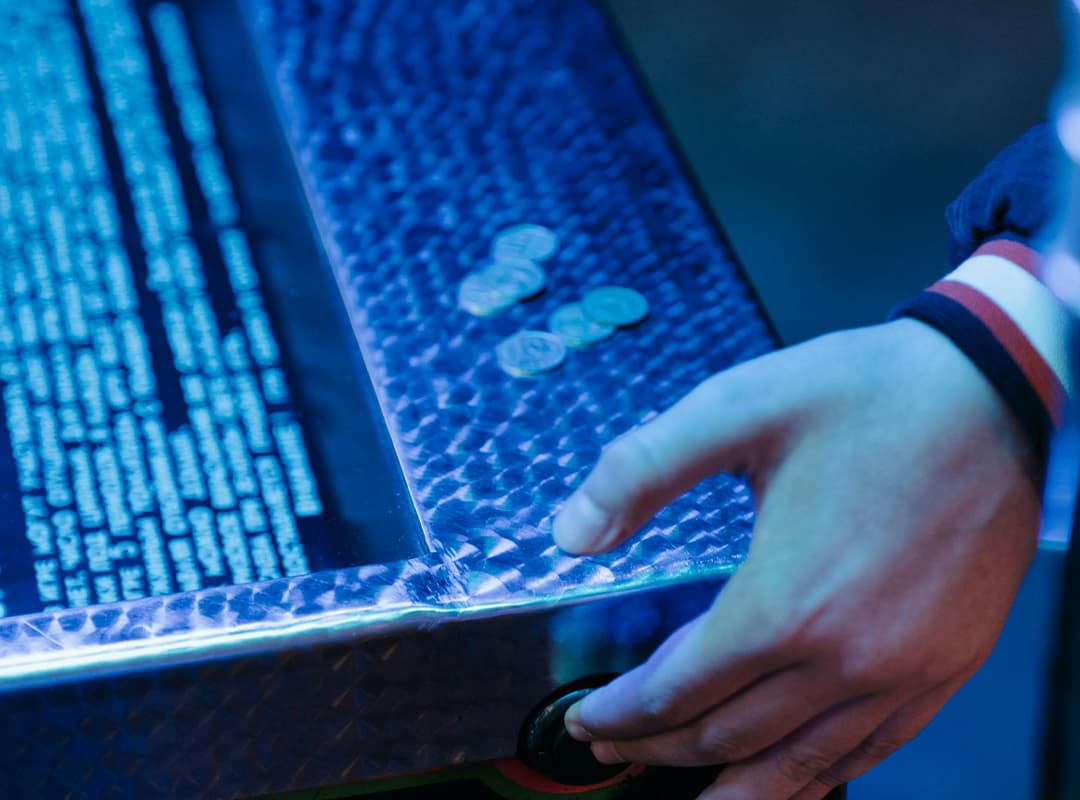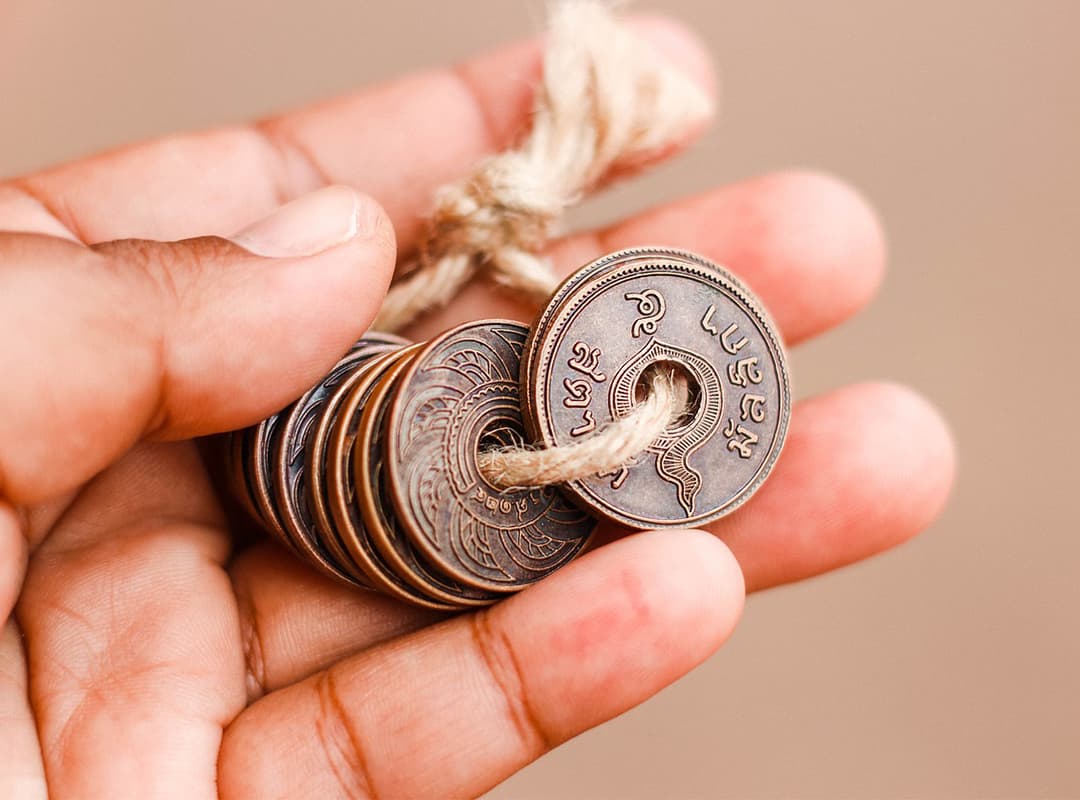The production of bimetallic artifacts has seen significant advancements over the years, driven by innovations in materials science, manufacturing techniques, and quality control processes. From ancient coins to modern tokens and commemorative pieces, bimetallic artifacts have evolved to meet the demands of collectors and users alike. In this article, we explore the modern technologies that shape the production of bimetallic items today, including references to notable examples like New York City Transit Authority tokens, coal scrip coins, and the value they hold in the numismatic world.
Advanced Minting Techniques
One of the most significant advancements in bimetallic artifact production is the development of sophisticated minting techniques. Modern mints use high-precision presses and computer-aided design (CAD) to create intricate and detailed designs on bimetallic coins and tokens. These technologies ensure consistent quality and allow for complex multi-layered designs that were previously impossible to achieve.
Materials Science Innovations
The choice of metals in bimetallic artifacts is crucial for both aesthetic and functional purposes. Advances in materials science have led to the development of new metal alloys that offer enhanced durability, resistance to corrosion, and improved visual appeal. For example, modern bimetallic coins often use a combination of nickel, copper, and zinc alloys to achieve a balance between cost-effectiveness and longevity.
Anti-Counterfeiting Measures
With the rise of counterfeit coins and tokens, modern technology has focused on incorporating anti-counterfeiting features into bimetallic artifacts. Techniques such as micro-engraving, holographic elements, and bi-metallic color variations are now commonly used to enhance the security of these items. These features not only protect against counterfeiting but also add to the uniqueness and collectibility of the artifacts.
Laser Engraving and Etching
Laser technology has revolutionized the way details are added to bimetallic artifacts. Laser engraving and etching allow for extremely precise and intricate patterns to be inscribed on the surface of coins and tokens. This technology is particularly useful for creating detailed images, text, and security features that are difficult to replicate.
Notable Examples in Modern Bimetallic Production
- New York City Transit Authority Tokens The iconic bimetallic tokens used by the New York City Transit Authority are an excellent example of modern bimetallic production. These tokens, used from the mid-20th century until the early 2000s, featured a bi-metallic design with a brass outer ring and a steel inner core. Their unique appearance and historical significance make them highly collectible.
- Coal Scrip Coins Value Coal scrip coins, issued by coal company scrip as a form of currency for their workers, are another fascinating area of bimetallic artifacts. Modern reproductions and commemorative pieces often use advanced minting techniques to replicate the look and feel of these historical items. The value of coal scrip coins, both original and modern, depends on their historical context, rarity, and condition.
Environmental and Economic Considerations
Modern bimetallic artifact production also takes into account environmental and economic factors. Sustainable sourcing of metals, efficient manufacturing processes, and recycling initiatives are increasingly important in the industry. These practices not only reduce the environmental impact but also help to lower production costs, making bimetallic artifacts more accessible to collectors and the general public.
The production of bimetallic artifacts has come a long way, thanks to modern technologies that enhance their design, durability, and security. From advanced minting techniques to innovations in materials science, these technologies ensure that bimetallic coins, tokens, and scrip remain valuable and sought-after items in the numismatic world. Notable examples like New York City Transit Authority tokens and coal scrip coins highlight the diverse applications and historical significance of bimetallic artifacts. As technology continues to evolve, we can expect even more exciting developments in this fascinating field.
Whether you’re a seasoned collector or new to the hobby, understanding the modern technologies behind bimetallic artifact production can enhance your appreciation for these unique items. Happy collecting!



